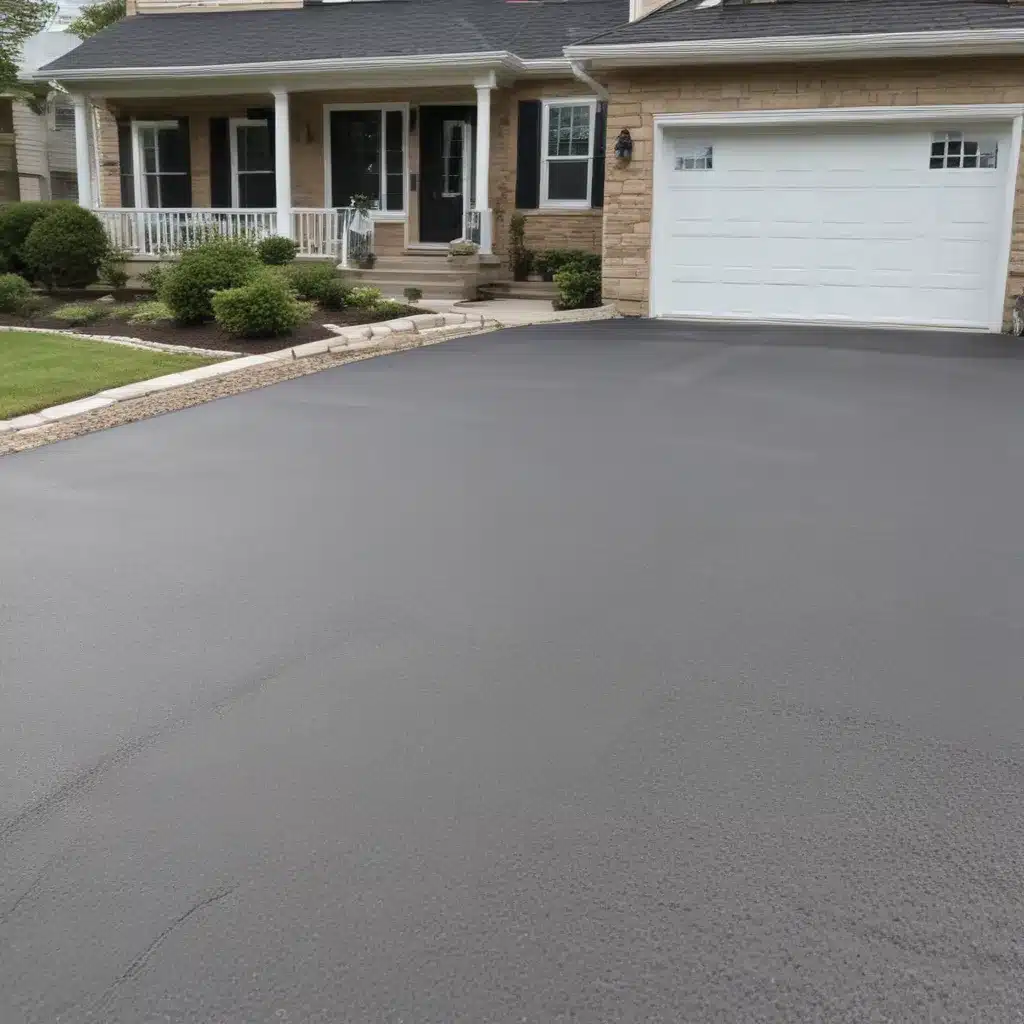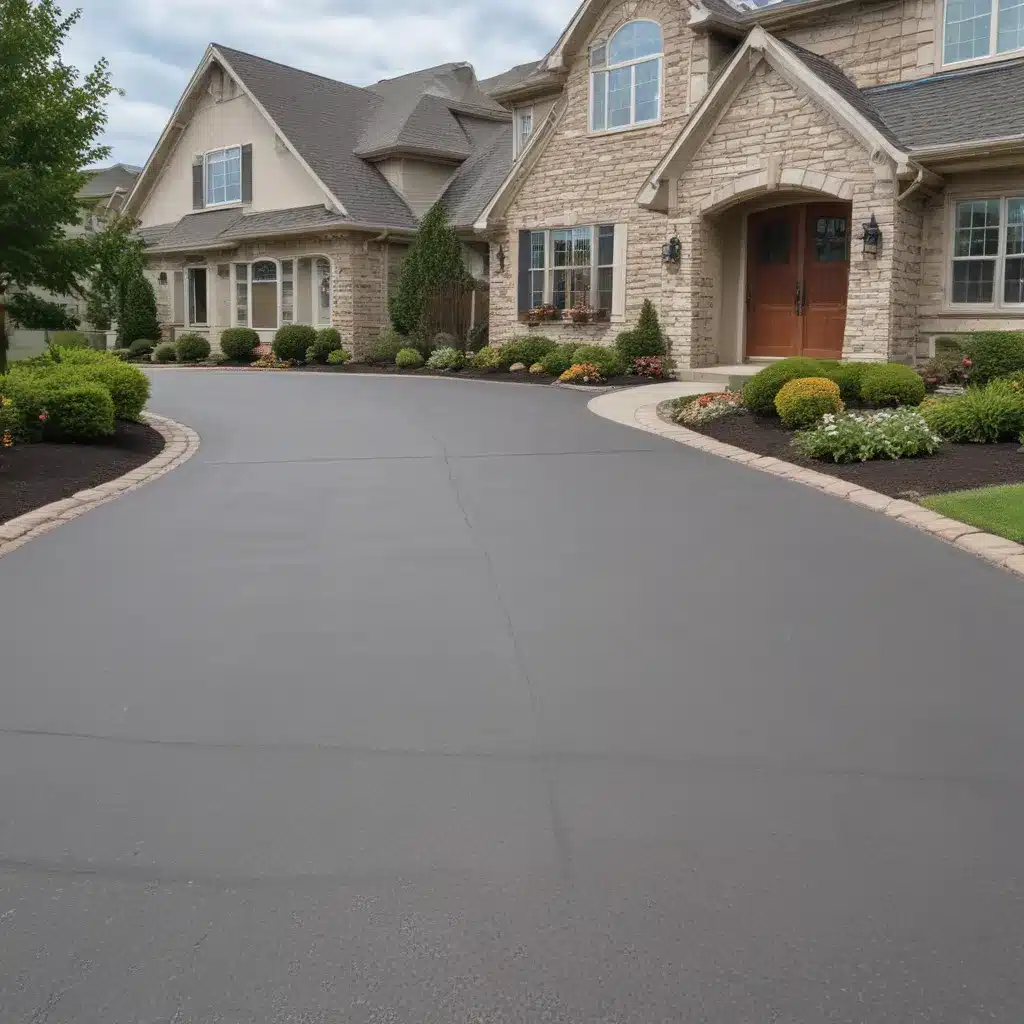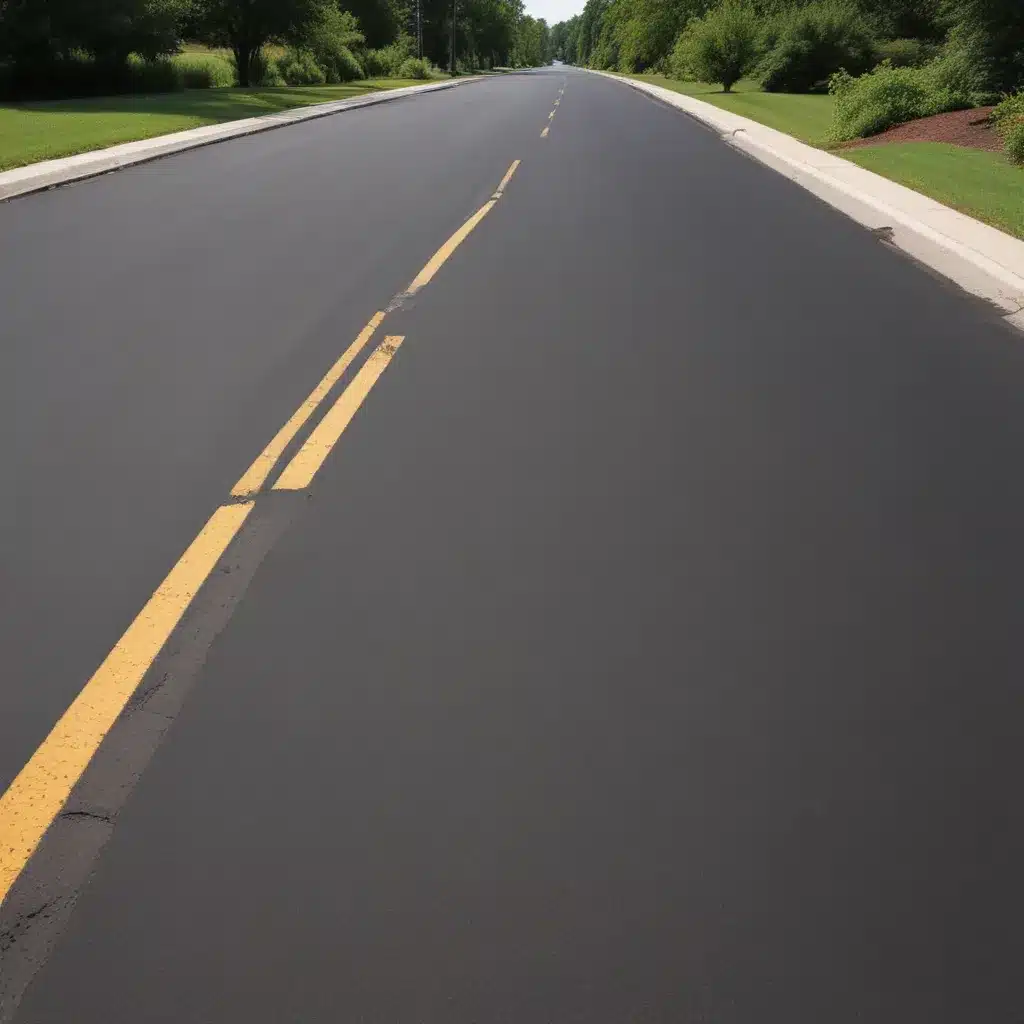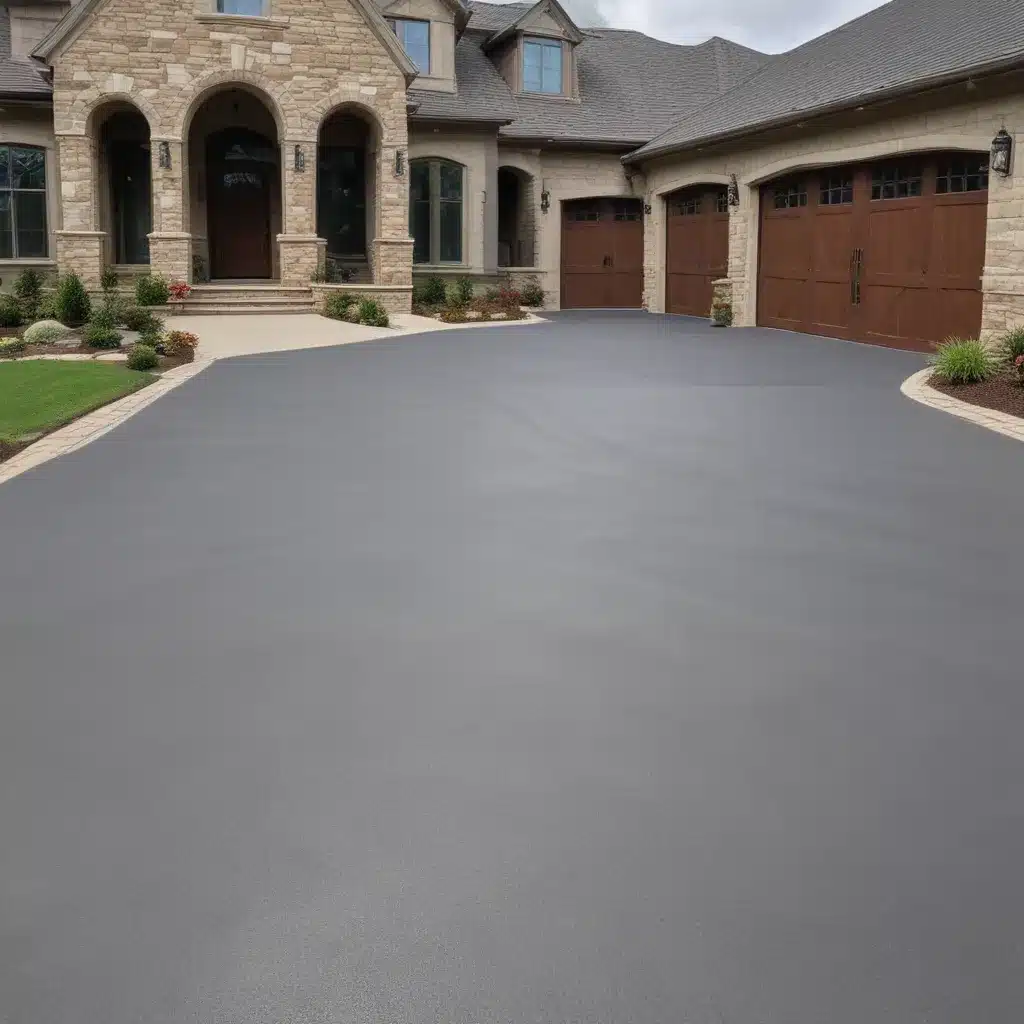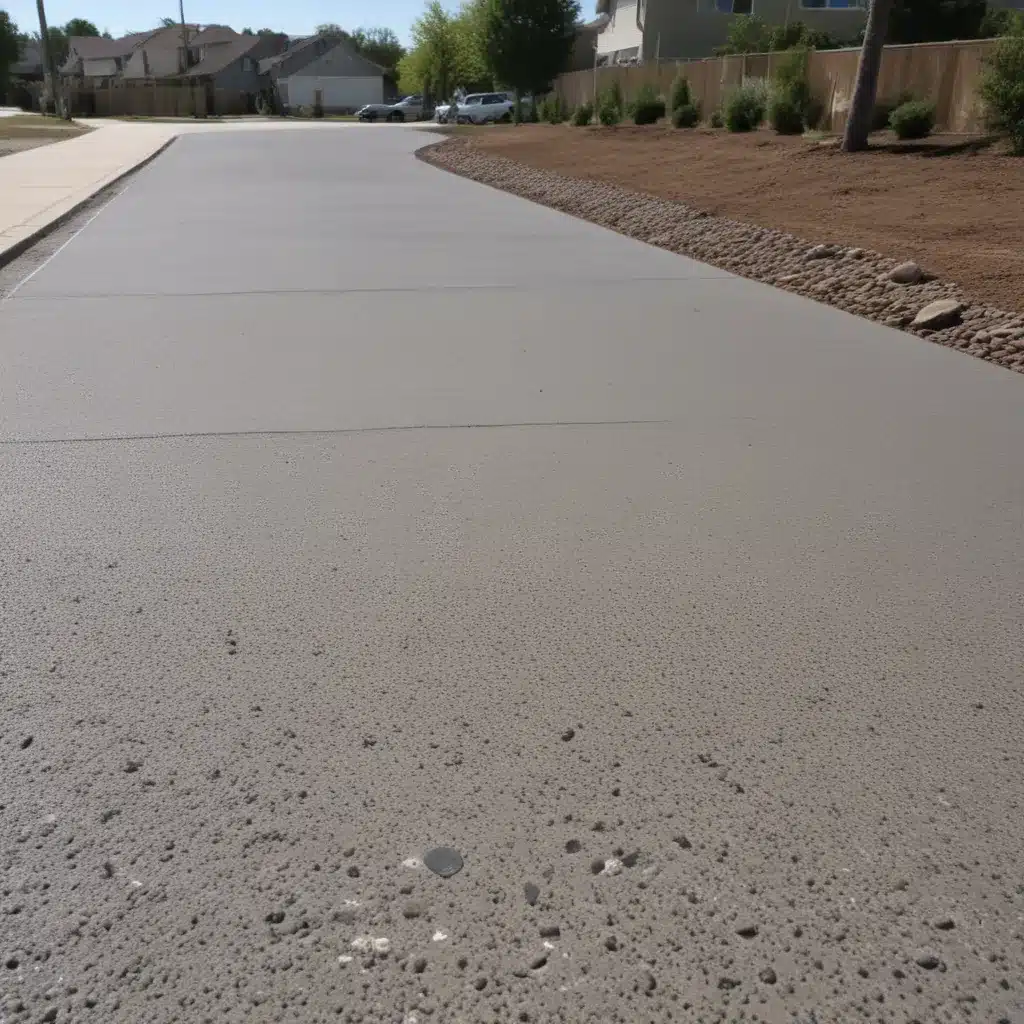Avoiding Cracks: A Driveway Owner’s Worst Nightmare
Ah, the driveway – that sturdy, dependable stretch of pavement that connects our homes to the world beyond. But let me tell you, keeping that driveway in tip-top shape is no easy feat. In fact, I’d wager that one of the most common woes of driveway owners everywhere is the dreaded cracked surface.
You know the feeling – you step outside, keys in hand, ready to start your day, only to be greeted by a spiderweb of unsightly cracks snaking across your driveway. It’s enough to make even the most patient homeowner cringe. But fear not, my friends! Today, I’m here to share some tried-and-true tips to help you prevent those pesky cracks from ruining your driveway dreams.
Proper Driveway Preparation: The Key to Crack-Free Success
Let’s start at the very beginning, shall we? When it comes to driveway installation, the foundation is everything. You see, if the ground beneath your driveway isn’t properly prepared, it’s only a matter of time before those cracks start to appear. Think about it like building a house – you wouldn’t dream of starting construction without a solid, level foundation, right? Well, the same principle applies to your driveway.
Before the first shovel hits the dirt, it’s crucial to ensure that the soil beneath your driveway is compacted and graded correctly. This means removing any soft, unstable materials and replacing them with a sturdy, well-compacted base. Trust me, taking the time to get this step right will pay off in the long run. A solid foundation is the foundation (pun intended) for a crack-free driveway.
The Importance of Proper Drainage
But wait, there’s more! You see, proper drainage is another essential element in the quest to prevent driveway cracks. Think about it – water is the enemy of pavement. When water accumulates on or around your driveway, it can cause the soil to expand and contract, leading to those dreaded cracks.
That’s why it’s so important to ensure that your driveway is designed with proper drainage in mind. This might mean installing a slight slope or incorporating strategically placed drainage pipes to divert water away from the driveway surface. And don’t forget about the surrounding landscape – make sure the ground around your driveway is graded in a way that encourages water runoff, not pooling.
Choosing the Right Materials: A Driveway Dilemma
Now, let’s talk about the driveway materials themselves. You see, not all pavement is created equal, and the type of material you choose can have a significant impact on the likelihood of cracks. For example, did you know that concrete driveways are generally more prone to cracking than their asphalt counterparts?
This is because concrete is a more rigid material, and it doesn’t have the same flexibility as asphalt. When the ground beneath the driveway shifts or settles, concrete is more likely to crack under the strain. Asphalt, on the other hand, is a bit more forgiving – it can flex and adapt to changes in the underlying soil without succumbing to unsightly cracks.
Proper Installation Techniques: The Driveway Difference-Maker
But even if you’ve got the perfect foundation and the ideal driveway material, there’s still one more crucial element to consider – the installation process itself. You see, the way your driveway is laid down can make all the difference in the world when it comes to preventing cracks.
For example, did you know that the thickness of your driveway can play a role in its crack-resistance? That’s right – a thicker driveway is generally less susceptible to cracks than a thinner one. This is because a thicker slab of pavement is better able to withstand the stresses and strains of the underlying soil.
And let’s not forget about the importance of expansion joints. These strategically placed gaps in the pavement are designed to allow the driveway to expand and contract with changes in temperature and moisture, without succumbing to cracks. Trust me, taking the time to properly install those expansion joints is well worth the effort.
Ongoing Maintenance: The Secret to Crack-Free Bliss
But our journey to a crack-free driveway doesn’t end there, my friends. You see, even the most carefully installed driveway will require ongoing maintenance to keep those pesky cracks at bay.
This might mean regularly sealing the surface to protect it from the elements, or promptly repairing any small cracks that do begin to appear. After all, the old adage is true – a stitch in time really does save nine. By addressing those minor cracks before they have a chance to grow, you can save yourself a whole lot of headache (and expense) down the road.
And let’s not forget about the importance of keeping your driveway clean and clear of debris. You’d be surprised at how much of a difference a simple sweeping or power-washing can make in the overall lifespan and crack-resistance of your pavement.
The Driveway Dilemma: Solved!
So there you have it, folks – my top tips for preventing those dreaded driveway cracks. From proper preparation and drainage to choosing the right materials and installation techniques, there’s a lot that goes into creating a crack-free oasis of a driveway.
But trust me, it’s all worth it in the end. After all, nothing quite compares to the satisfaction of stepping out onto a flawless, crack-free driveway, knowing that you’ve put in the hard work to make it happen. So what are you waiting for? Get out there and start prepping for a future free of unsightly pavement blemishes!
And don’t forget, if you’re in the Warrington area and in need of driveway installation or repair services, be sure to check out NW Driveways. These guys know a thing or two about keeping driveways crack-free, and they’d be more than happy to lend a hand.

